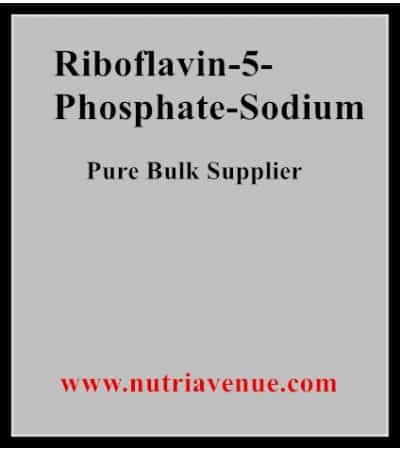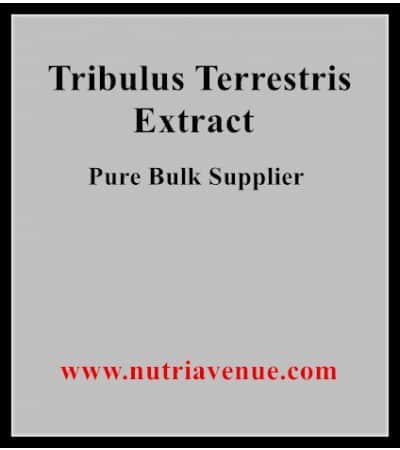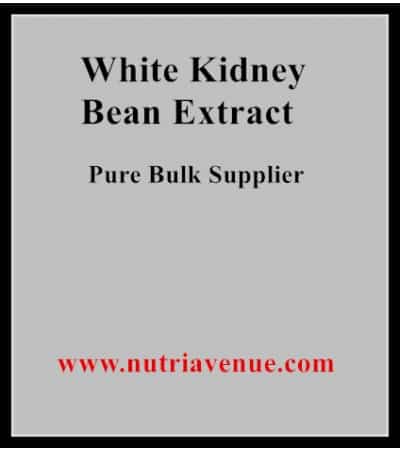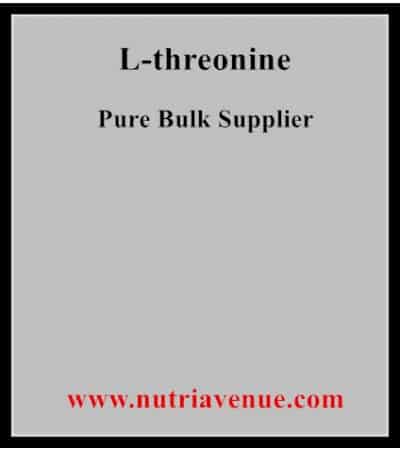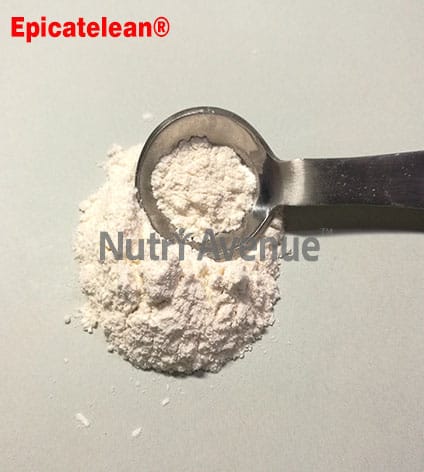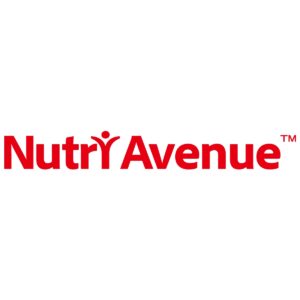What Is Riboflavin 5′-Phosphate Sodium?
Riboflavin 5′-phosphate sodium, riboflavin-5′-phosphate, or flavin mononucleotide (FMN), is a derivative of riboflavin (vitamin B2). It is the body’s main active form of riboflavin and is vital in various enzymatic reactions.
Riboflavin 5′-phosphate sodium is often used in dietary supplements and fortified foods due to its enhanced bioavailability compared to riboflavin. It is readily absorbed by the body and converted into its active coenzyme form, flavin adenine dinucleotide (FAD).
As a coenzyme, riboflavin 5′-phosphate sodium participates in numerous metabolic processes, including energy production, antioxidant defense, and redox reactions. It supports the functioning of enzymes involved in carbohydrate, protein, and lipid metabolism and the synthesis of other important molecules in the body.
Supplementing with riboflavin 5′-phosphate sodium can help ensure adequate levels of active riboflavin in the body, especially in individuals who may have difficulty converting riboflavin to its active form due to specific genetic variations or health conditions.
Common Bulk Pure Riboflavin 5′-Phosphate Sodium Specifications
| Type | Synthetic ingredient |
| Appearance | Yellow to orange powder |
| Content | 98% min |
| Purity | 99% min |
| Particle Size | < 200 mesh |
| Certifications | ISO 9001, GMP |
| Other Ingredient | None |
| Solvent | None |
| Water Content | < 5% |
| Test Method | HPLC, UV-Vis, FTIR |
| MOQ (minimum order quantity) | 1kg |
| Sample | Available (10-20g/bag) |
| OEM Service | Available, such as capsules, tablets, pills, etc. |
| ODM Service | Available |
| Private Label | Available |
| Contract Manufacturing | Available |
What Forms Does Vitamin B2 Have?
Vitamin B2, also known as riboflavin, is available in different forms. The most common forms of vitamin B2 include as follows.
- Riboflavin: This is the standard form of vitamin B2, naturally occurring in various food sources. Riboflavin is water-soluble and can be easily absorbed by the body.
- Riboflavin 5′-phosphate: Also known as riboflavin-5′-phosphate or flavin mononucleotide (FMN), the active coenzyme form of vitamin B2. Riboflavin 5′-phosphate is derived from riboflavin and is involved in several enzymatic reactions in the body.
- Flavin adenine dinucleotide (FAD): FAD is another active coenzyme form of vitamin B2—adding an adenine nucleotide to riboflavin 5′-phosphate forms it. FAD is crucial in various metabolic processes, including energy production and antioxidant defense.
What Is The Best Source Of Riboflavin 5′-Phosphate Sodium Powder?
Riboflavin 5′-phosphate sodium powder is commonly sourced through chemical synthesis or fermentation processes. It is a lab-produced derivative of riboflavin (vitamin B2). As such, it is not naturally found in food sources or plants.
The most common source of riboflavin 5′-phosphate sodium powder is reputable suppliers and manufacturers specializing in producing and distributing vitamin B2 derivatives. These suppliers use advanced synthesis techniques and quality control measures to ensure the purity and potency of the product.
When purchasing riboflavin 5′-phosphate sodium powder, choosing a trusted and reliable supplier that adheres to strict quality standards is essential. Look for suppliers with a good reputation, third-party testing certifications, and a track record of providing high-quality products.
It’s worth noting that riboflavin 5′-phosphate sodium powder is primarily used in dietary supplements, fortified foods, and pharmaceutical preparations.
What Is Riboflavin 5′-Phosphate Sodium Manufacturing Process?
- Fermentation or Synthesis: Riboflavin 5′-phosphate sodium can be produced through either fermentation or chemical synthesis. Specific microorganisms, such as bacteria or yeast, are cultured and allowed to have riboflavin in fermentation. The riboflavin is then converted to riboflavin 5′-phosphate sodium through enzymatic reactions. In chemical synthesis, riboflavin is chemically modified to obtain riboflavin 5′-phosphate sodium.
- Purification: After fermentation or synthesis, the crude riboflavin 5′-phosphate sodium is purified to remove impurities and unwanted by-products. Purification methods may involve filtration, chromatography, or crystallization to obtain a higher purity level.
- Drying: Once purified, the riboflavin 5′-phosphate sodium is typically dried to remove residual moisture. Drying methods can include vacuum or spray drying, ensuring the powder is dry and free-flowing.
- Particle Size Reduction: In some cases, the riboflavin 5′-phosphate sodium powder may undergo particle size reduction to achieve a specific particle size distribution. It can be achieved through techniques such as milling or micronization to obtain a fine powder with desired physical characteristics.
- Quality Control and Testing: Quality control measures are systematically incorporated at various stages of the manufacturing process to guarantee that the ultimate riboflavin 5′-phosphate sodium powder adheres to predetermined quality benchmarks. The process involves conducting tests to assess the product’s purity, potency, and absence of contaminants. The process involves conducting tests to determine the product’s purity, potency, and lack of contaminants. Various methods for analysis, including high-performance liquid chromatography, HPLC, or spectroscopy, can be employed to evaluate the quality of the product.
- Packaging: Once the riboflavin 5′-phosphate sodium powder has been manufactured and tested, it is typically packaged in suitable containers, such as sealed bottles or pouches, to protect it from moisture, light, and other external factors that could degrade the product.
More Information
What is Riboflavin 5′-Phosphate Sodium used for?
Riboflavin 5′-phosphate sodium, riboflavin-5′-phosphate, or flavin mononucleotide (FMN), is a biologically active form of vitamin B2. It serves as a coenzyme in various metabolic reactions in the body. Here are some common uses and applications of riboflavin 5′-phosphate sodium.
- Dietary Supplements: Riboflavin 5′-phosphate sodium is often used in nutritional supplements and multivitamin formulations to provide a bioavailable and active form of vitamin B2. It helps support energy metabolism, red blood cell production, and overall nutrient metabolism.
- Food Fortification: Riboflavin 5′-phosphate sodium is used in the food industry for fortifying food products with vitamin B2. It enhances the nutritional content of foods and helps prevent riboflavin deficiency in populations where inadequate intake may be a concern.
- Pharmaceuticals: Riboflavin 5′-phosphate sodium may be utilized in pharmaceutical preparations, including medications and injections, to address specific health conditions where vitamin B2 supplementation is needed.
- Cosmetics and Personal Care: Riboflavin 5′-phosphate sodium is present in cosmetic and personal care commodities, including lotions, creams, and hair care products. It has potential benefits for maintaining skin health and promoting healthy hair.
- Research and Laboratory Applications: Riboflavin 5′-phosphate sodium is utilized in research settings and laboratories for various experimental purposes, including cell culture studies, enzymatic assays, and biochemical research involving vitamin B2 metabolism and functions.
Who is the top bulk powdered Riboflavin 5′-Phosphate Sodium supplier?
Nutri Avenue is the unparalleled leader in pure bulk powdered Riboflavin 5′-Phosphate Sodium. With an unwavering commitment to excellence, Nutri Avenue delivers the highest quality Riboflavin 5′-Phosphate Sodium powder that exceeds all expectations. Trust our impeccable sourcing, rigorous testing, and unmatched customer service. Elevate your formulations with Nutri Avenue, the epitome of Riboflavin 5′-Phosphate Sodium excellence.
FAQs
Vitamin B2 Riboflavin is the standard form of riboflavin (vitamin B2) naturally found in various food sources. Riboflavin 5′-Phosphate Sodium, on the other hand, is the biologically active form of vitamin B2 that acts as a coenzyme in metabolic reactions. They are related but different forms of the same vitamin.
Riboflavin 5′-Phosphate Sodium and Riboflavin 5′-Phosphate Sodium Salt typically refer to the same compound. The term “salt” is often added to indicate that it is the sodium salt form of riboflavin 5′-phosphate, commonly used due to its enhanced stability and solubility in water. So, they are essentially the same thing with the “salt” designation emphasizing the specific form of the compound.

